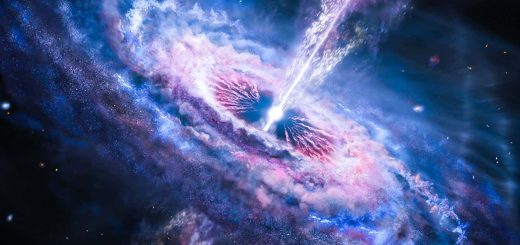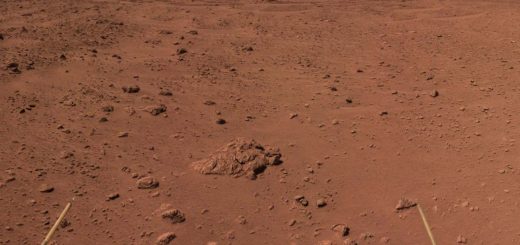Amazing plesiosaur fossil preserves its skin and scales
A remarkable plesiosaur fossil reveals that the extinct reptiles had scales like modern sea turtles, unlike the ichthyosaurs that lived during the same period
By James Woodford
6 February 2025
Skeleton of the new plesiosaur at the Urwelt-Museum Hauff in Holzmaden, Germany
Klaus Nilkens/Urwelt-Museum Hauff
The soft tissue of a plesiosaur has been studied in detail for the first time, revealing that the marine reptiles, which lived during the age of dinosaurs and went extinct at the same time, had scales similar to those of modern sea turtles.
The 183-million-year-old, 4.5-metre-long plesiosaur fossil, known as MH7, was first excavated from a quarry near Holzmaden, Germany, in 1940 but it was buried in a museum garden to protect it during the second world war. It then spent the next 75 years or so in storage until it was finally assembled and prepared for study in 2020.
Read more
Largest ever animal may have been Triassic ichthyosaur super-predator
Advertisement
Miguel Marx at Lund University in Sweden and his team prepared thin sections of the fossil, which were then treated so the minerals were dissolved away, leaving the organic remains. This allowed them to study the microscopic structure of the fossil tissue.
Illustration of a plesiosaur with scales on the flipper and smooth, scale-less skin along the body Joschua Knüppe
Although at least eight other plesiosaur fossils are known to have soft tissue preserved, most are historically significant museum specimens and it isn’t possible to study them using destructive sampling methods, says Marx. “This is the first time anyone has conducted an in-depth analysis of fossilised soft tissues from a plesiosaur,” he says.


